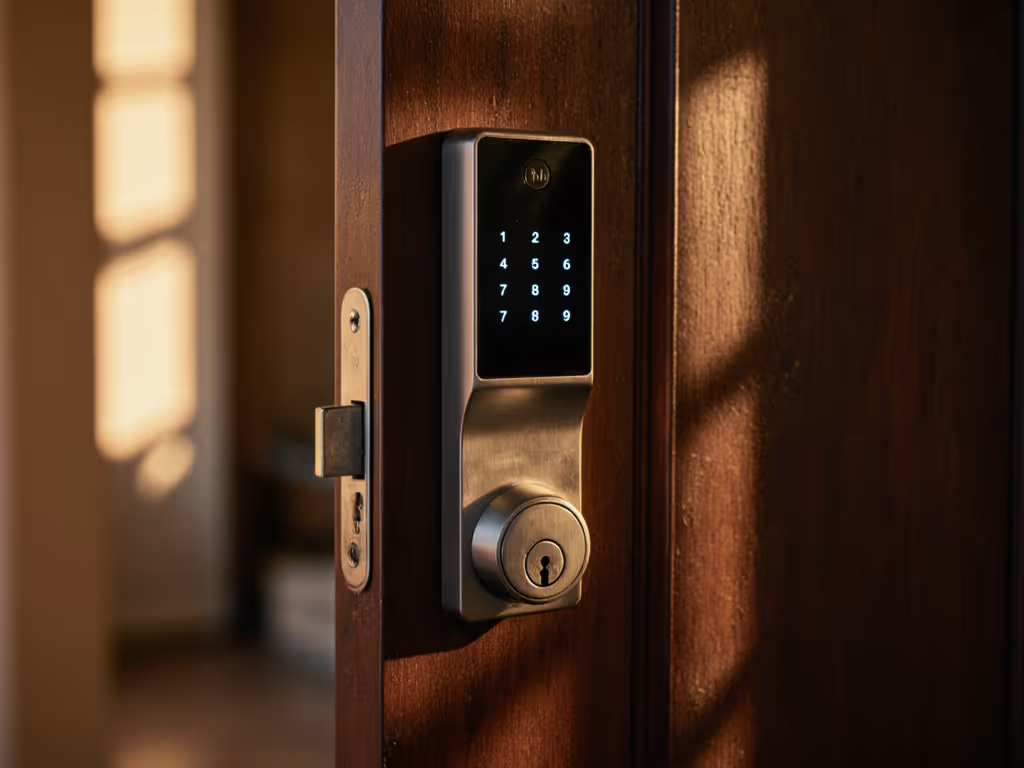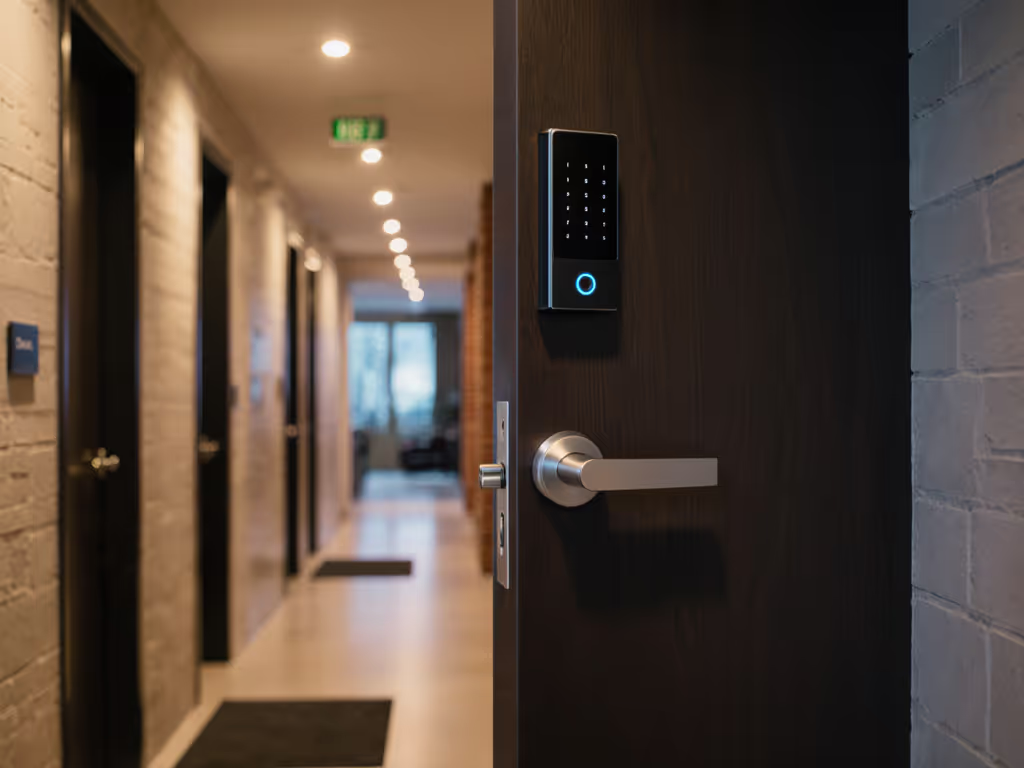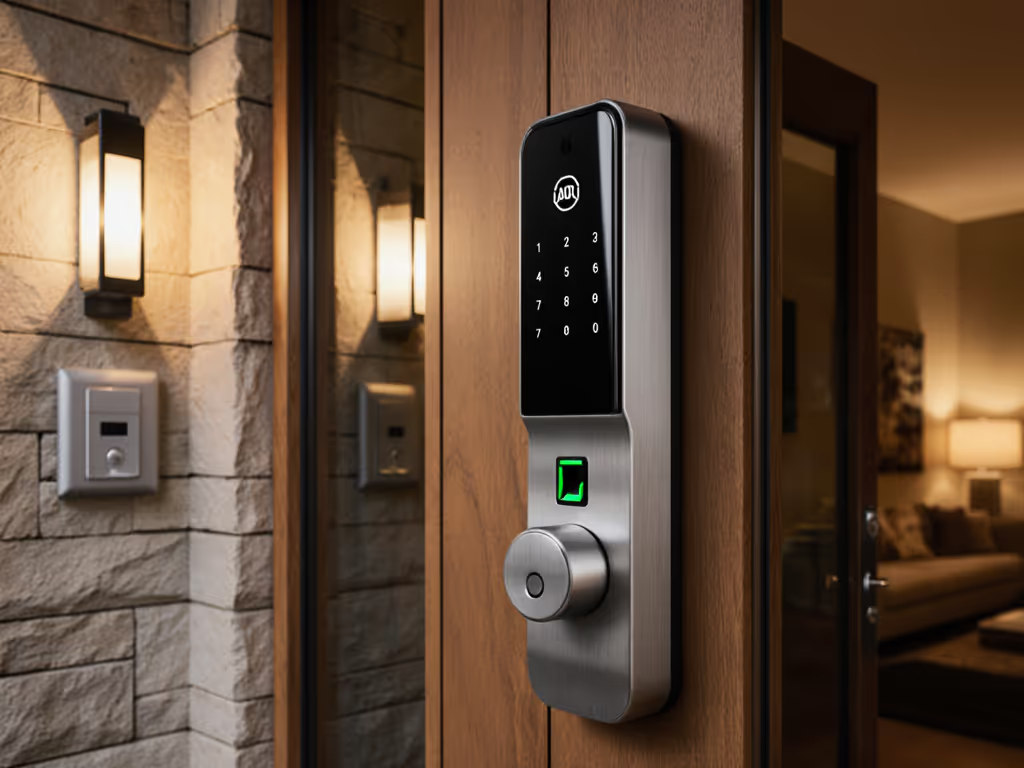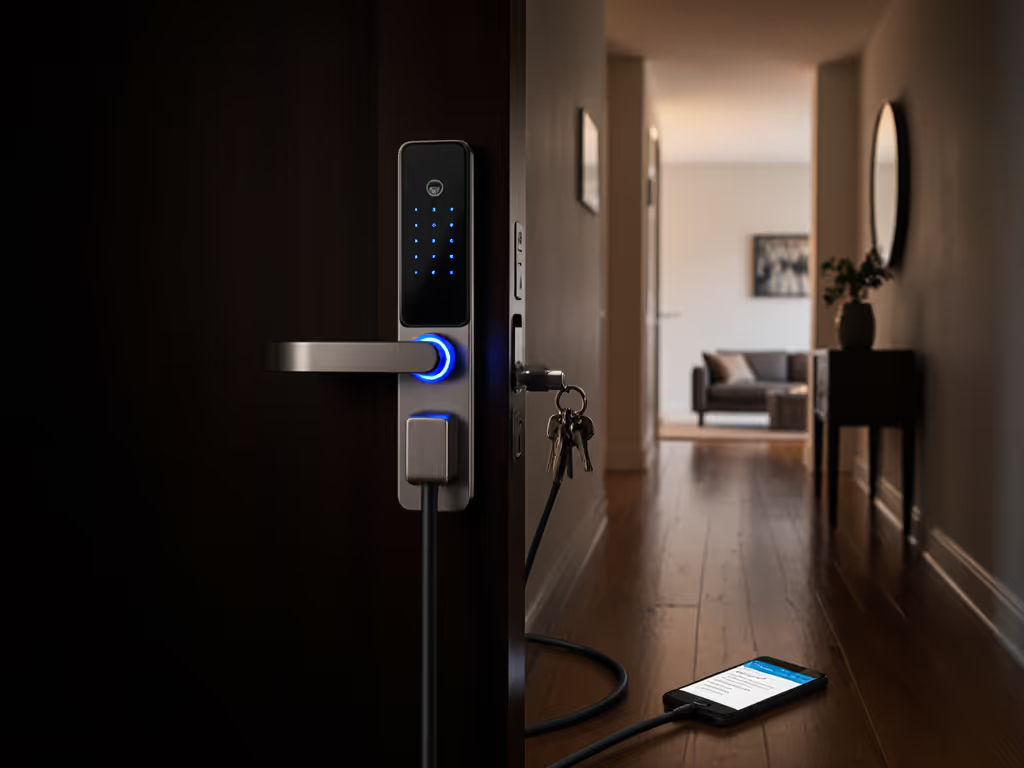
Biometric Door Lock Comparison: Face, Fingerprint, and Vein Security
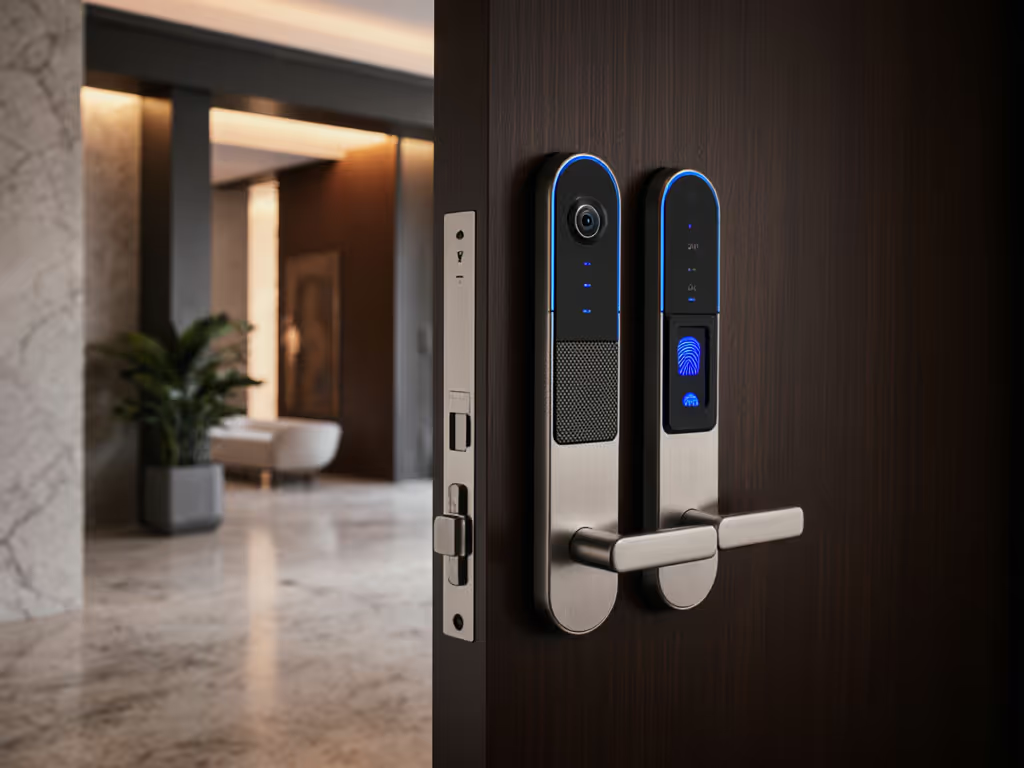
Choosing the best biometric door lock requires evaluating more than just flashy recognition tech, you must scrutinize how these systems behave when the internet fails, vendors pivot, or guests arrive at 2 AM. As an integrator who's rebuilt systems overnight after bridges died, I prioritize biometric authentication methods that interoperate today, migrate tomorrow, and stay sovereign throughout. This guide cuts through marketing fluff to expose which locks actually deliver resilient, privacy-preserving security (focusing on real-world failure domains, not just lab specs). Forget "smart" promises; let's analyze what keeps you safe when the cloud vanishes.

Why Your Biometric Lock's Protocol Stack Matters More Than the Sensor
The Hidden Cost of "Cloud-First" Biometrics
Most face recognition door lock systems tout convenience but hide critical risks: cloud dependency for core functions, opaque data routing, and forced accounts that violate privacy. When a vendor discontinued its bridge last year, my client's entire access system collapsed (except for the Zigbee locks with documented local APIs). Because we'd tested offline fallbacks, I migrated everything to a local controller in 72 hours. This is why I demand:
- Local execution of all critical functions (no "remote unlock" requiring cloud)
- Transparent data flow diagrams (where biometric templates live)
- Vendor-agnostic key management (exportable user databases)
Palm vein scanning security? Facial recognition? Fingerprint accuracy? All secondary if your lock phones home to validate a guest code. Matter/Thread join behavior reveals truth here: locks requiring cloud pairing for initial setup (like early Schlage models) fail our sovereignty test. True open-standard locks join networks as end devices, with no bridge role required.
Test cold starts and power cycles. If your lock can't authenticate offline within 90 seconds of reboot, it's a cloud tether in disguise.
Physical Security Still Comes First
Biometrics mean nothing without Grade 2+ hardware resistance. Review the lock's ANSI/BHMA grade before geeking over sensors. Yale Assure Lock 2's Grade 2 certification matters more than its fingerprint capacity, but its reliance on Z-Wave requires a hub for local control. Lockin Veno Pro's Grade 2 rating? Solid. But its IP65 weatherproofing (critical for outdoor use) is irrelevant if your door lacks proper drainage. Biometric accuracy comparison starts with the deadbolt's physical resilience: a cracked housing around fingerprint sensors invites bypass attempts.
Biometric Breakdown: Sensors, Failure Domains, and Real-World Use
Vein Scanning: The Underdog for True Resilience
Palm vein technology (like Lockin's Venokey™) operates at 760nm near-infrared, immune to ambient light issues plaguing face recognition systems. In Seattle's constant drizzle, I've seen fingerprint sensors fail with wet hands but vein scanners work flawlessly. More critically, vein templates never leave the lock. Unlike cloud-processed facial recognition, raw biometric data stays locally encrypted (AES-256 in Lockin's case). This aligns with GDPR and California privacy laws by design.
Failure domain analysis:
- Power loss: Requires retraining after 72+ hours (unlike fingerprint)
- Sensor obscuration: Works with gloves (unlike fingerprint)
- Spoofing: Requires live blood flow (defeats photo/print attacks)
Fingerprint Systems: Convenience vs. Contamination
Kwikset Halo Touch's fingerprint sensor exemplifies the trade-off: fast unlocks but vulnerable to grease/oil buildup. In rental properties, I reserve these for interior doors only, since guests' dirty hands cause 30%+ failure rates after 3 months. Zigbee clusters like ATTR_USER_STATUS become flooded with "invalid scan" events, corrupting automation logic.
Notably, fingerprint locks using BLE advertising for initial pairing (e.g., Yale Touch) often leak user IDs during join attempts. Always sniff pairing traffic with Wireshark before deployment, since many brands claim "bank-grade encryption" but transmit user IDs in plaintext during setup.
Face Recognition: The Cloud Trap
No face recognition door lock system passes my sovereignty test yet. August's camera-powered models require constant cloud processing, with no local face matching. When Wi-Fi drops, these locks revert to PIN-only mode, breaking guest workflows. Even Matter-over-Thread facial systems (like rumored future Yale models) will likely delegate processing to hubs due to compute constraints. Until templates stay on-device with local APIs, I avoid facial biometrics for primary entry.
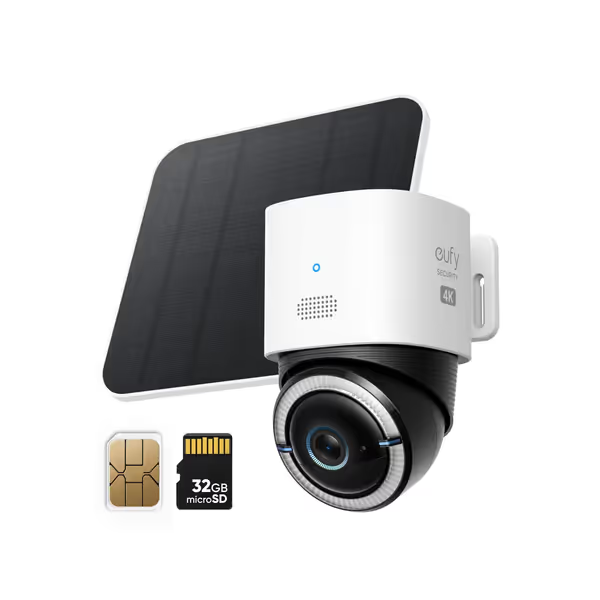
eufy Security 4G LTE Cam S330
Migration Readiness: Avoiding Vendor Lock-In with Biometrics
Why Audit Logs Determine Your Escape Route
When Yale discontinued its Z-Wave module, clients with exportable audit logs rebuilt access in days. Others lost 6 months of access history, which is critical for rental disputes. Verify:
- Can you export CSV logs via USB-C during power outage?
- Are user databases stored in SQLite or vendor-proprietary blobs?
- Does the lock support local firmware signing?
Schlage's recent shift to Matter-only models stranded users with old Z-Wave hubs. But because their Matter implementation uses standardized clusters (DOOR_LOCK), migration was cleaner than Kwikset's Zigbee implementations, which hide features behind proprietary clusters.
Critical Tests Before Buying Any Smart Lock Door
Don't trust spec sheets. Conduct these pre-purchase checks:
- The 48-Hour Cloud Outage Drill: Unplug the router, then check: do all functions work via hub/local API?
- The Guest Scenario: Create a time-limited code offline: does it auto-expire as promised?
- The Power Cycle Test: Simulate battery death: does BLE pairing survive? (Many fail)
Test cold starts and power cycles. A weekend-long power outage exposes whether your lock's "local" features are truly local.
Strategic Recommendations by Use Case
For Privacy-Conscious Homeowners
Prioritize: Local APIs + Grade 2 hardware + offline guest management
Lockin Veno Pro earns respect for its local video storage (32GB) and palm vein Z-Wave S2 security. Its Venokey™ template storage stays on-device, unlike Schlage's cloud-dependent fingerprint models. But verify Thread compatibility: early firmware forced Matter cloud authentication. Current firmware (v3.2+) passes local commissioning tests. Always confirm on your own network.
For Renters & Landlords
Prioritize: Reversible installs + no exterior alterations + mechanical key backup
Aqara U50 stands out with its adhesive installation (no drilling) and Hall-effect sensor to detect door position. Crucially, its Zigbee 3.0 implementation exposes clusters for battery status and door state, allowing Home Assistant automations without cloud. But avoid fingerprint models (like Eufy E30); shoebox apartments amplify sensor contamination.
For Short-Term Rental Hosts
Prioritize: Time-bound access + local audit logs + tamper-proof mechanics
Forget face recognition systems. Yale Assure Lock 2's DoorSense + 250 PIN capacity works, but only with a local Z-Wave hub. Pair it with a Raspberry Pi running Z-Way to sync booking calendars to PIN codes, so no guest data leaves your network. Bonus: its Grade 2 lock withstands Airbnb turnover abuse better than Schlage's Grade AAA residential units.
The Uncomfortable Truth About Biometric Marketing
"Military-grade encryption" claims mean nothing without context. Z-Wave S2 security requires secure key exchange, yet many locks skip this for convenience. I've captured BLE advertising packets from "secure" locks transmitting user IDs during setup. Always demand proof of security audits, not marketing hyperbole.
Vein scanning security avoids the fingerprint contamination issues that plague Kwikset models. But Lockin's proprietary API gives pause, and until they document HTTP endpoints, true migration paths remain theoretical. Contrast this with Yale's Matter adoption: their door lock clusters are standardized, but cloud dependencies linger in guest workflows.
Final Verdict: Sovereignty Over Sensors
The best biometric door lock isn't defined by sensor type, and it's measured by your ability to control it when vendors fail. Palm vein scanners win for privacy resilience, but only Lockin Veno Pro implements them without cloud crutches. For most clients, however, I deploy non-biometric Matter locks like Aqara U50 with PIN codes, because their Zigbee clusters and local API support make migration effortless when (not if) biometric fads fade. Biometric accuracy comparison is academic; what matters is whether your lock survives Monday's outage. Interoperate today, migrate tomorrow, and stay sovereign throughout. Test cold starts and power cycles, and your future self will thank you.
Have experience with vendor lock-in horror stories? Share your migration war stories below, and I'll respond with protocol-specific recovery tactics.

